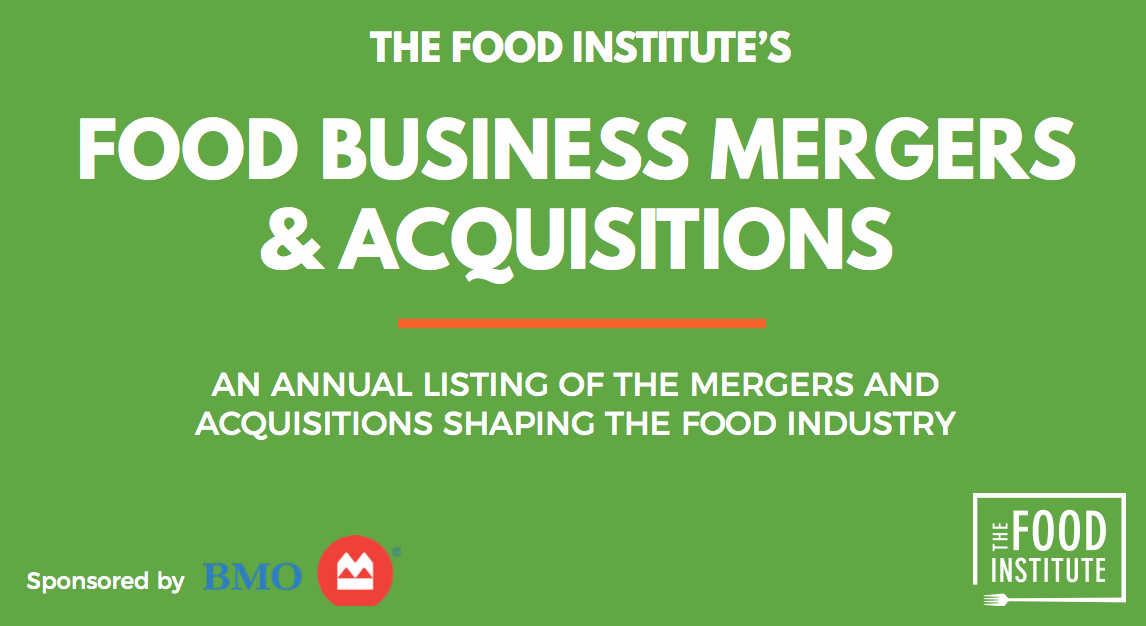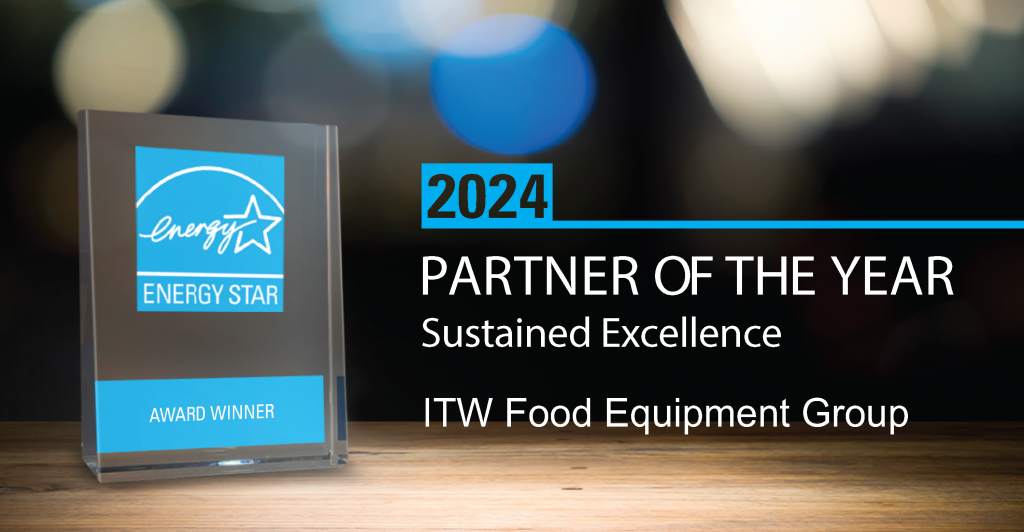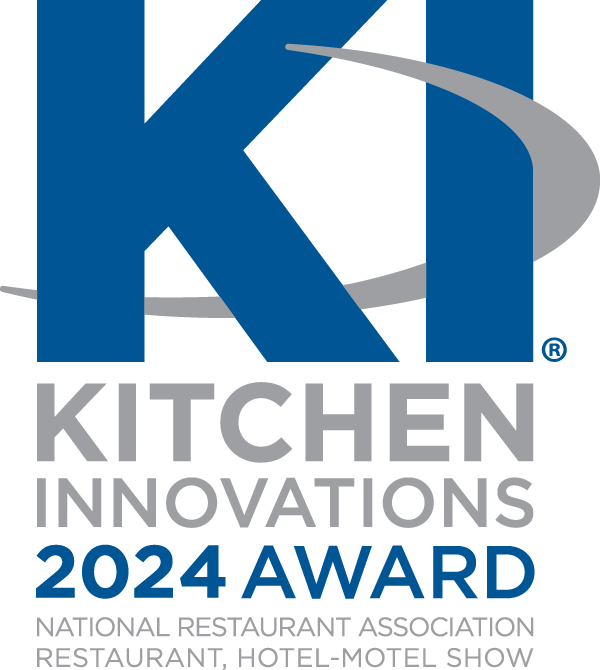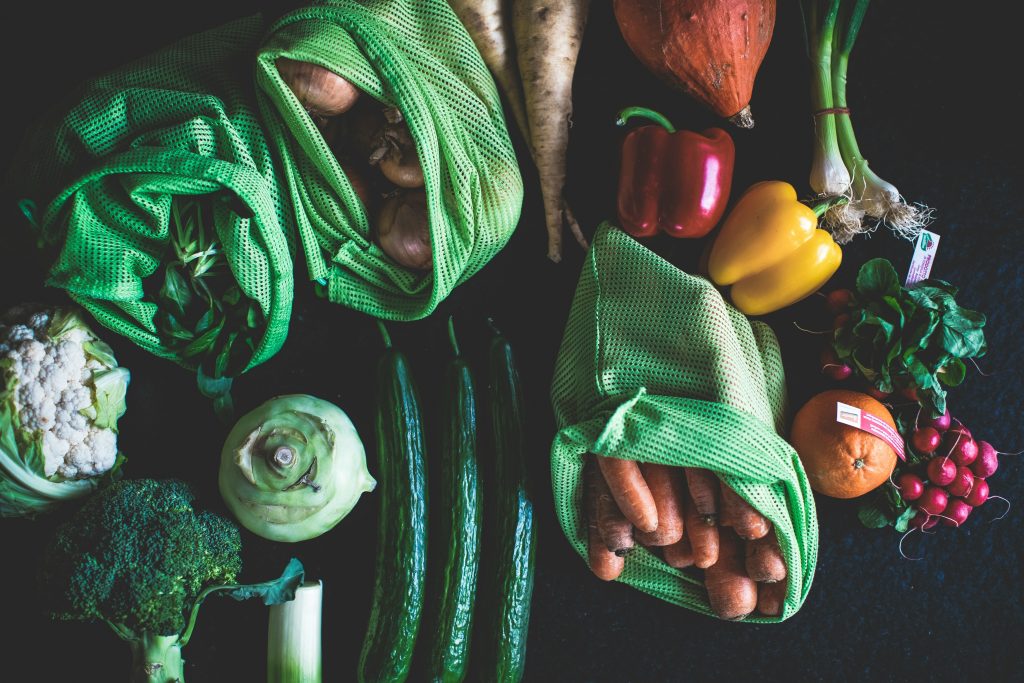
The Food Institute’s full report provides sweeping insights into the 527 food industry mergers and acquisitions (M&A) across a spectrum of food businesses over the course of 2018. It takes into account businesses big and small across states, sectors and cities.
Among the main findings, food processors continued to top the rankings for mergers with 152 deals in 2018. However, this marked a 19.4% drop compared to the previous year. The retail sector, on the other hand, saw the most growth; 81 deals amounted to a 40% increase compared to 2017.
The report also found 2018 was a good year for the West and Midwest. California was the most popular state for acquired companies, while Chicago was the most popular city.
Marathon Petroleum, Walmart, Conagra Brands, Sainsbury’s and Alibaba all made headlines for their multi-billion pound acquisitions in 2018. But fervent activity at the top of the market belies the wider picture, as deals have dropped 11% since the bumper year the industry enjoyed in 2017.
Boom amid the bust
Mergers hit an all time high in 2017, so it’s perhaps no surprise its dizzying heights weren’t matched last year. But with mergers in 2018 still at their second highest point in over a decade, some firms defied the downward trend.
Big-name acquisitions in the retail sector – comprising convenience stores, supermarkets and other smaller outlets – are the foremost example of this. According to Jennette Rowan, marketing director at The Food Institute, this has been aided by activity in the “grocerant” category – grocery stores increasing their foodservice offerings. “We have been seeing more partnerships in this arena, rather than acquisitions, such as the Hy-Vee/Wahlburgers partnership,” she says.
Rowan also points out that changing consumer habits have encouraged firms to adjust their acquisitions accordingly, with packaging and equipment manufacturers a case in point. Packaging and equipment M&A expanded overall in 2018, but “much of that was on the packaging side, as more sustainable packaging solutions become more necessary, such as the Hoffmaster Group acquiring paper straw maker Aardvark Straws from Precision Products Group.” Middleby’s acquisition of eight companies in 2018 alone shows the big names in foodservice equipment manufacturing are continuing to acquire enthusiastically.
More consolidation ahead?
What’s the long-term outlook for foodservice M&A? According to Rowan, acquisitions by conglomerates set the pace for the entire industry in years past, and could continue to do so. “The rise in deals in the foodservice sector in 2014 may be attributed to the Burger King/Tim Horton merger, which may have led to more consolidation overall in the industry,” she says.
The increased pace of consolidation, she says, is also partly due to changes in the report’s methodology to reflect the evolution of the foodservice industry. “In 2016, some of that increase was due to our addition of online foodservice companies to the restaurant category, when they had previously been listed in other categories. That year, there were also a lot of smaller acquisitions, such as a few locations of one chain or a small, regional restaurant chain.”
The Food Institute’s 2018 report, then, acts as a bellwether for foodservice across the board. Consolidation is key against the backdrop of consumer preference for sustainability, which is making an impact across the range of brands’ decision making, not just M&A. There’s a crucial role for foodservice consultants in facilitating the process over the coming years.
Thomas Lawrence
Click here to read the full 2018 Food Business Mergers & Acquisitions report by The Food Institute.




